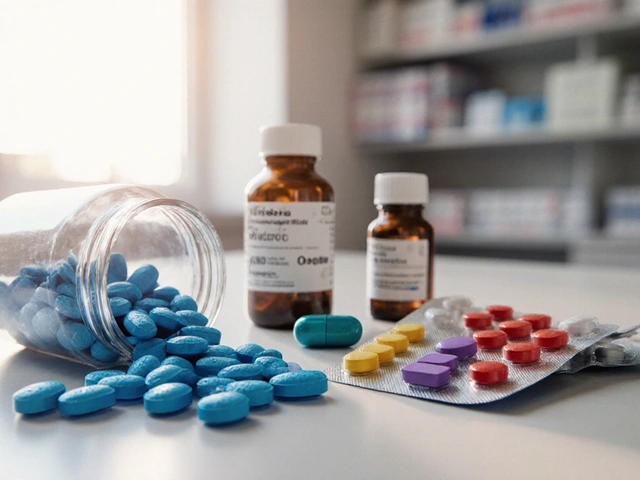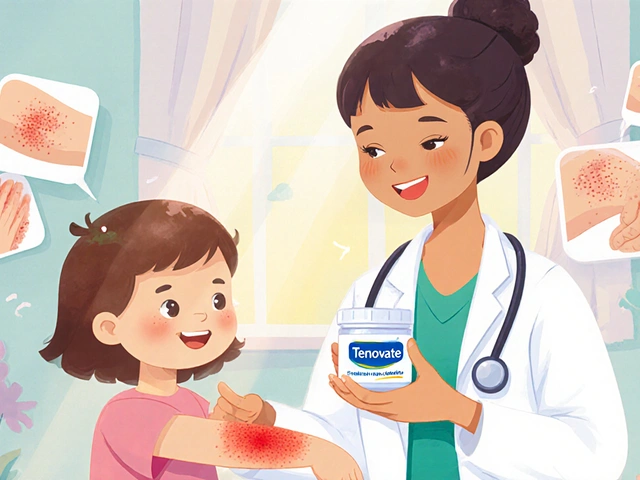Abbreviated New Drug Application: What It Means for Generic Medicines and Your Prescriptions
When you pick up a generic pill at the pharmacy, you’re relying on something called an Abbreviated New Drug Application, a streamlined process the U.S. Food and Drug Administration uses to approve generic versions of brand-name drugs without repeating full clinical trials. Also known as an ANDA, it’s the legal backbone that lets safe, cheaper versions of medications reach millions of people every day. This isn’t just bureaucracy—it’s the reason your insulin, blood pressure pills, or antidepressants cost a fraction of what they did 20 years ago.
The ANDA doesn’t mean the generic is weaker or less tested. The FDA requires it to have the same active ingredient, strength, dosage form, and route of administration as the original. But here’s what really matters: it must also prove therapeutic equivalence, meaning it works the same way in your body as the brand-name version. That’s where the Orange Book, the FDA’s official list of approved drug products with therapeutic equivalence evaluations comes in. If a generic has an AB rating in the Orange Book, you can swap it with confidence. But if it’s a B code? That’s a red flag—your pharmacist should step in, especially for drugs with a narrow therapeutic index, like warfarin or levothyroxine. These are the ones where even a tiny difference in blood levels can cause serious harm.
That’s why some of the posts below dive into how pharmacists spot problem generics, why therapeutic drug monitoring is critical for certain patients, and what happens when a generic doesn’t behave like the brand. You’ll find real-world examples—like how a change in filler ingredients can trigger side effects, or why some people feel worse after switching to a cheaper version. These aren’t rare cases. They’re common enough that the FDA tracks them, and pharmacists are trained to catch them.
What you won’t find here is hype or guesswork. Just clear facts about how the system works, where it breaks down, and how to protect yourself. Whether you’re taking a generic for high blood pressure, depression, or chronic pain, knowing how the ANDA process affects your medication helps you ask the right questions—and know when to push back.




